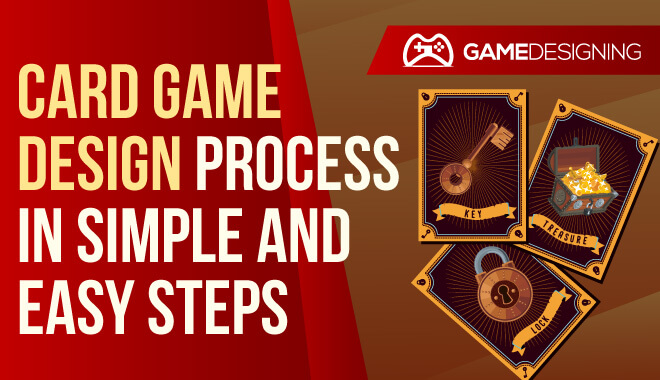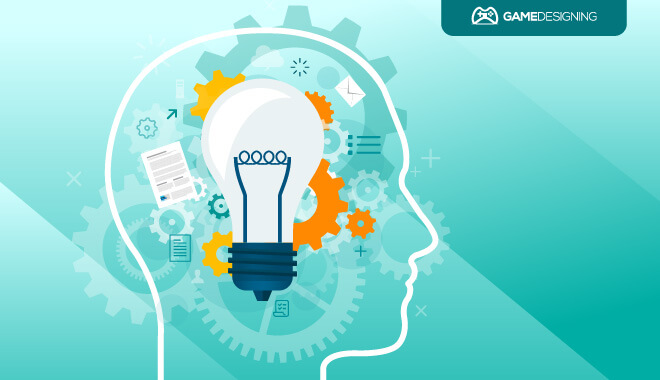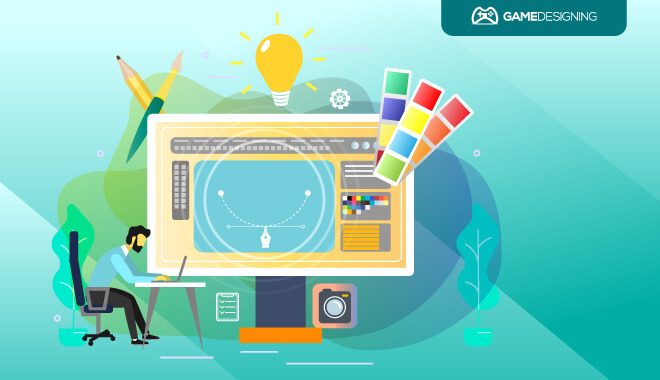
Card games are and have always been immensely popular. You can see the wildly different iterations of old favorites like Go Fish and Apples to Apples even today.
Building on a proven formula is a tried and true method. Like video games and other forms of interactive media, card games have evolved with the times. From simplistic Solitaire to something like Magic the Gathering, card games, and card game design is a unique science.
Along with these fan favorites, people are always making new and unique card games. How do they do it? How do you become the force behind excellent card game design?
Key Concepts to Consider in the Design Process
When creating a game of any magnitude, it’s a good idea to consider a few critical aspects of your game’s background. As the card game maker, you need to take a few things into account during the design process.
The Game World
What world does the card game take place in? What do the characters in the game world do? What is the motivation behind the progression of the game? While seemingly straightforward in nature, all of these questions form the first steps in the card game design process.
Coming Up With a Unique and Interesting Idea

This may be arguably one of the most challenging aspects of the entire card game design process. How do you come up with a unique and exciting idea that hasn’t been done before? We tend to go towards what’s familiar, but you need to be original here.
Gather your team and prepare for some creative brainstorming sessions. Weed out ideas that are weaker or resemble other more popular games. Feel free to borrow certain aspects of games that work, but never steal or plagiarize!
For example, the card game What Do You Meme? shares the same structure as Cards Against Humanity, but instead of text, they use pictures to make gameplay move forward.
Along with an exciting idea, make sure to work hard on developing game mechanics. Game mechanics are everything, and if the game doesn’t have good mechanics, you might as well scrap any idea you’ve thought of. A good idea is worth nothing if you can’t execute it well.
Outsourcing for Art

Now you have your unique card game design idea, but you and your friends can’t draw. What happens now? Do you attempt shoddy artwork and hope that consumers will look past it? Definitely not.
If you feel like you can’t complete certain design functions, outsourcing may be a good way of finishing designs. Outsourcing is when a company hires another company to achieve a specific task. In the card game design process, outsourcing for artwork or graphic design is a good and smart idea.
To outsource effectively, you need to do some research. Find some graphic artists online that you think would do a great job. Try to find someone whose art style is compatible with your game’s look and feel.
Design a brief for them, explain their duties, and learn about how much their rates are. If all goes well, you’ll have a talented individual or team working on your card game design. This frees up time for you and your team to work out any remaining kinks.
Testing and Improving Upon Your Game

Chances are that your card game won’t precisely be perfectly tuned by the time the first iteration is printed. That’s okay, don’t be discouraged. This is when you bring your card game around and make sure that your game is above all else, fun.
This is where some scientific and statistical procedures come into play. Make sure you have your card game design goals in mind, your demographic you’re making it for, and more. You could have your game designed for teenagers, but through testing, find out that younger kids enjoyed it more than your original demographic. Testing is key to your game’s success.
Test your game with everyone, or all age groups. Carefully observe what they like and dislike about your game. Are the rules too confusing? Is the art style ugly? Is it simply not fun to play?
Record all of these observations and players’ opinions better to work out any card game design process issues. Without testing, you could miss a glaring error you and your team have made. Since you’re immersed in the making of the game, the focus is on what makes the card game work or not work may get blurry.
Be warned. This is usually a long process. If you want to get the absolute best results from your tests, you need to be prepared to test it on everyone for quite a while. Along with making incremental improvements, this process makes the game more robust, and ultimately more successful.
Conclusion
Hopefully, following these steps in the card game design process transform your card game idea into a tangible product. It may take a long time, but translating ideas into products is an exciting and rewarding endeavor for a dedicated card game maker.
